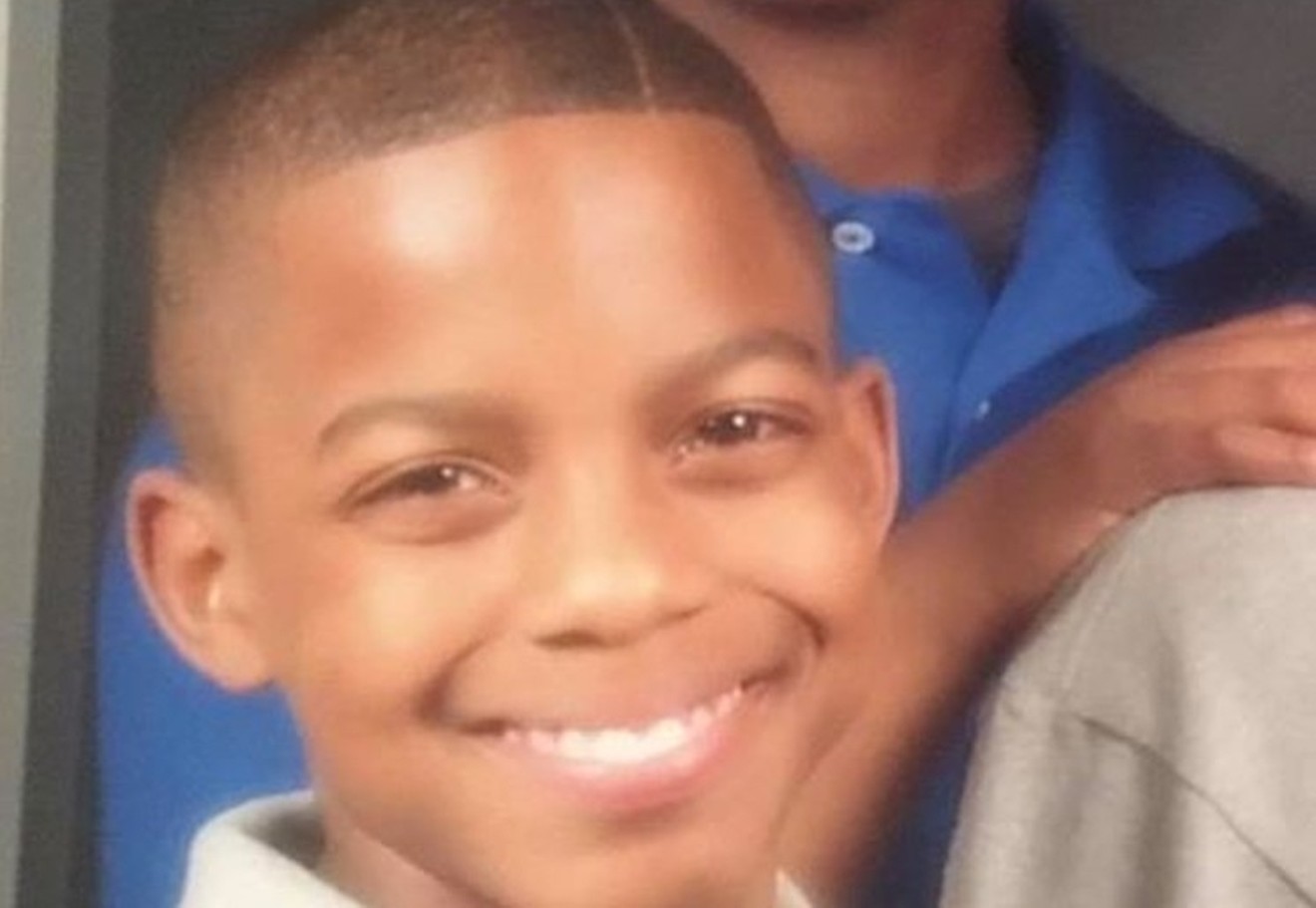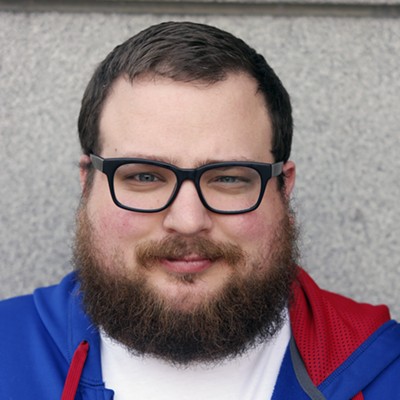Oliver, the second officer on the scene to a party Edwards attended on April 29, faces murder charges, but the United States' conflicted recent history with officers who kill shows that the case is anything but open and shut. "The facts have to be really egregious to get a murder conviction against an officer," says Philip Stinson, a Bowling Green State University criminologist who maintains the United States' most comprehensive database of alleged crimes committed by cops since 2005.
On Monday, a Dallas County court released Oliver's arrest warrant affidavit, providing details that help gauge the future legal ramifications that Oliver actually faces.
Following a call to report drunk teenagers on Baron Drive in Balch Springs, Oliver and his partner Tyler Gross showed up at a house party and went inside to locate the house's owner. As they did, teenagers in the house scattered, according to the affidavit. At the same time, Oliver and Gross heard noises they believed to be gunshots outside the house, noises that can be heard on the body camera footage, the affidavit says. The police left the house and Oliver retrieved his rifle from their patrol car.
Edwards, his brother and two friends were leaving the house in a car, and Gross ordered the vehicle to stop. “The vehicle continued slowly in reverse," according to the affidavit. "Officer Gross exhibited his firearm and continued to order the vehicle to stop. As he approached the vehicle from the passenger side, the vehicle continued and stopped shortly. The vehicle then proceeded to move forward in motion on Shepherd Lane (southbound). At that time, Officer Gross approached the rear passenger door and ‘punched’ the window with his service weapon, causing the rear window to break.”
Oliver was standing behind Gross as the car pulled away. He fired four shots from his rifle, hitting Edwards, who was riding in the front passenger seat, in the head.
Initially, Oliver told BSPD investigators that the car in which Edwards was riding was coming toward him and Gross, that the duo were threatened with being run over. But body camera footage shows just the opposite, that the car was driving away from the officers.
Stinson says that Oliver guaranteed that his actions would receive criminal scrutiny when he lied about what was captured on video. "That only is enough to believe that there is probable cause that this was not a justified shooting," Stinson says. That there was not a reasonable apprehension of an imminent threat."
If Oliver's case goes to trial – and it likely will, Stinson knows of just one instance were a cop arrested for a crime was then no-billed by a grand jury – it will be up to Dallas County jurors to decide if he behaved the way a reasonable cop would have.
If a jury believes any reasonable officer would have feared for his life that Saturday night, they should find Oliver not guilty. If they believe Oliver did fear for his life, but a reasonable officer would not have, Oliver would be found guilty of either murder or manslaughter, Stinson says.
Of course, nothing is cut and dried when cases go to trial. "We've seen in several cases recently that have resulted in mistrials with a hung jury, the officer will get on the witness stand in their own defense at a trial and say 'I thought my life was in danger,'" Stinson says. "As soon as some jurors hear that, they think 'That's it, I'm not going to convict a cop who thought his life was in danger.'"
The odds of conviction are in Oliver's favor. In each year since 2005, according to Stinson's research, about 1,000 police officers have shot and killed someone while they're on duty. Out of those, only 81 cops have been charged with a crime. Of those 81 cases, only 29 have ended in a conviction.Since 2005, about 10,000 on duty officers have fatally shot people. Out of those, only 81 have been charged with a crime. Of those, juries convicted 29.
tweet this
In this case, however, Stinson points to the different weapons used by Oliver and Gross as something that could be telling, since Oliver's used a rifle while Gross held a handgun. "That suggests to me that other officers did not perceive the same level of threat," Stinson says. "Or perhaps [Gross] didn't think he needed one because Oliver had one."
Whatever the jury believes Oliver felt that night, Stinson says it is extremely unlikely murder charges will stick against the officer. "It's rare that an officer is convicted of murder. One that comes to mind is James Ashby in Rocky Ford, Colorado. He was convicted of murder after he chased a guy into his house and shot him in front of his mother," Stinson says. "What we see more often than not is some level of manslaughter, as a result the prison sentences cops get are often much less than you would see for a murder conviction."
The average sentence for the 29 cops convicted in Stinson's sample is four years, but he says that number is skewed on both ends. Some cops get much longer sentences, like Ashby who got 16 years, while many cops convicted of manslaughter get no time at all.













